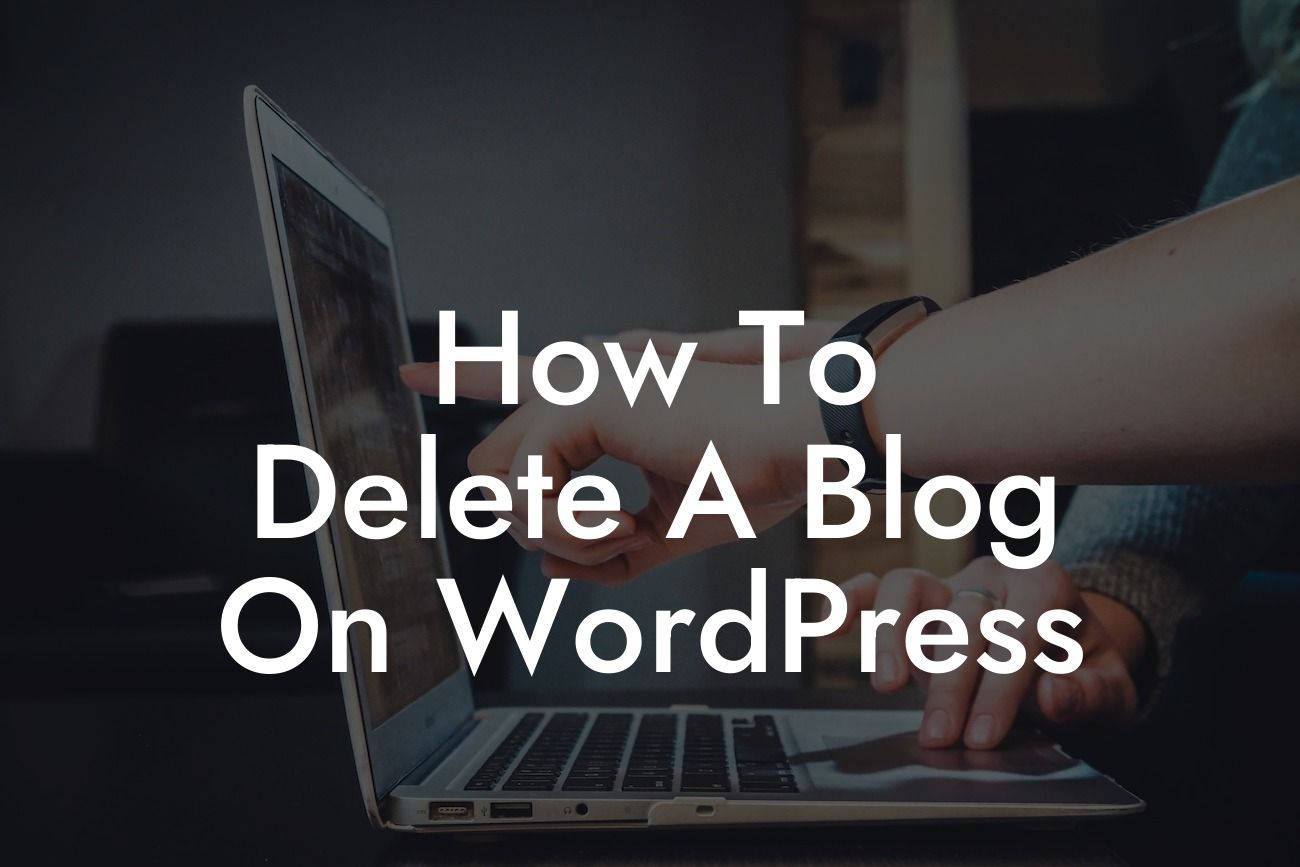Deleting a blog on WordPress may seem like a daunting task, but fear not! In this comprehensive guide, we will walk you through the process step-by-step, ensuring a seamless experience. Whether you're looking to revamp your website or transition to a new niche, deleting a blog can help you streamline your online presence and maintain a clutter-free site. With DamnWoo's powerful WordPress plugins, you can supercharge your success and explore a multitude of other guides to elevate your online presence.
Engaging Subheading 1: Understanding the Importance of Deleting a Blog
Before diving into the process of deleting a blog on WordPress, it's essential to understand the significance behind this action. Deleting unwanted or outdated content allows you to present a more streamlined and professional website to your visitors. It enhances user experience, boosts credibility, and enables you to focus on the content that truly matters to your target audience.
Engaging Subheading 2: Back Up Your Content
Before you proceed with deleting a blog, it's crucial to back up your content. Even if you no longer wish to use the blog, it's always a good idea to have a backup for any future reference or unforeseen situations. The backup ensures you don't lose valuable content that took time and effort to create. WordPress offers various plugins and methods for creating backups, so choose the one that suits your requirements best.
Looking For a Custom QuickBook Integration?
Engaging Subheading 3: Accessing the WordPress Dashboard
To delete a blog on WordPress, log in to your admin dashboard by entering your credentials. Once logged in, navigate to the "My Sites" option on the top-left corner, and select the website you wish to delete. This will direct you to the specific site's dashboard, where you can proceed with the deletion process.
Engaging Subheading 4: Navigating to the Blog's Settings
On the left-hand side of the dashboard, locate and click on the "Settings" tab. This will reveal a dropdown menu with several options. Choose "General" from the list, which will open a new page displaying the general settings for your blog.
Engaging Subheading 5: Deleting the Blog Permanently
Scroll down the "General" settings page until you find the "Delete Site" section. This section includes a link that redirects you to the deletion confirmation page. WordPress requires you to confirm your decision by clicking on the provided link and following the prompts. Once confirmed, your blog will be permanently deleted.
How To Delete A Blog On Wordpress Example:
Let's say you started a blog centered around fitness tips, but you've decided to transition to a more lifestyle-oriented website. Deleting your fitness blog allows you to focus solely on topics that align with your new niche, attracting a more targeted audience. By following the steps outlined above, you can seamlessly delete your fitness blog and embark on a fresh content journey.
Congratulations on successfully deleting your blog on WordPress! You've taken a significant step towards optimizing your website and presenting a streamlined online presence to your visitors. Remember, DamnWoo is here to assist you on your journey. Explore our wide range of powerful WordPress plugins designed exclusively for small businesses and entrepreneurs. Share this article with fellow website owners to help them optimize their WordPress experience. Stay tuned for more insightful guides to elevate your success!













